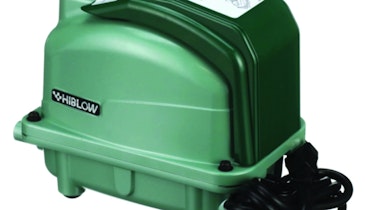When I read news bulletins concerning local septic system issues, I often ask myself, “What would installers say?” I’m sure the installer community is made up of folks with diverse perspectives and a wide range of experiences, so I don’t want to assume I would find total...
Can We Talk? Share Your Views About These Onsite Issues.
Small-town septic stories often hold widespread interest to onsite installers. Where do you weigh in on these?
Popular Stories
Discussion
Comments on this site are submitted by users and are not endorsed by nor do they reflect the views or opinions of COLE Publishing, Inc. Comments are moderated before being posted.





